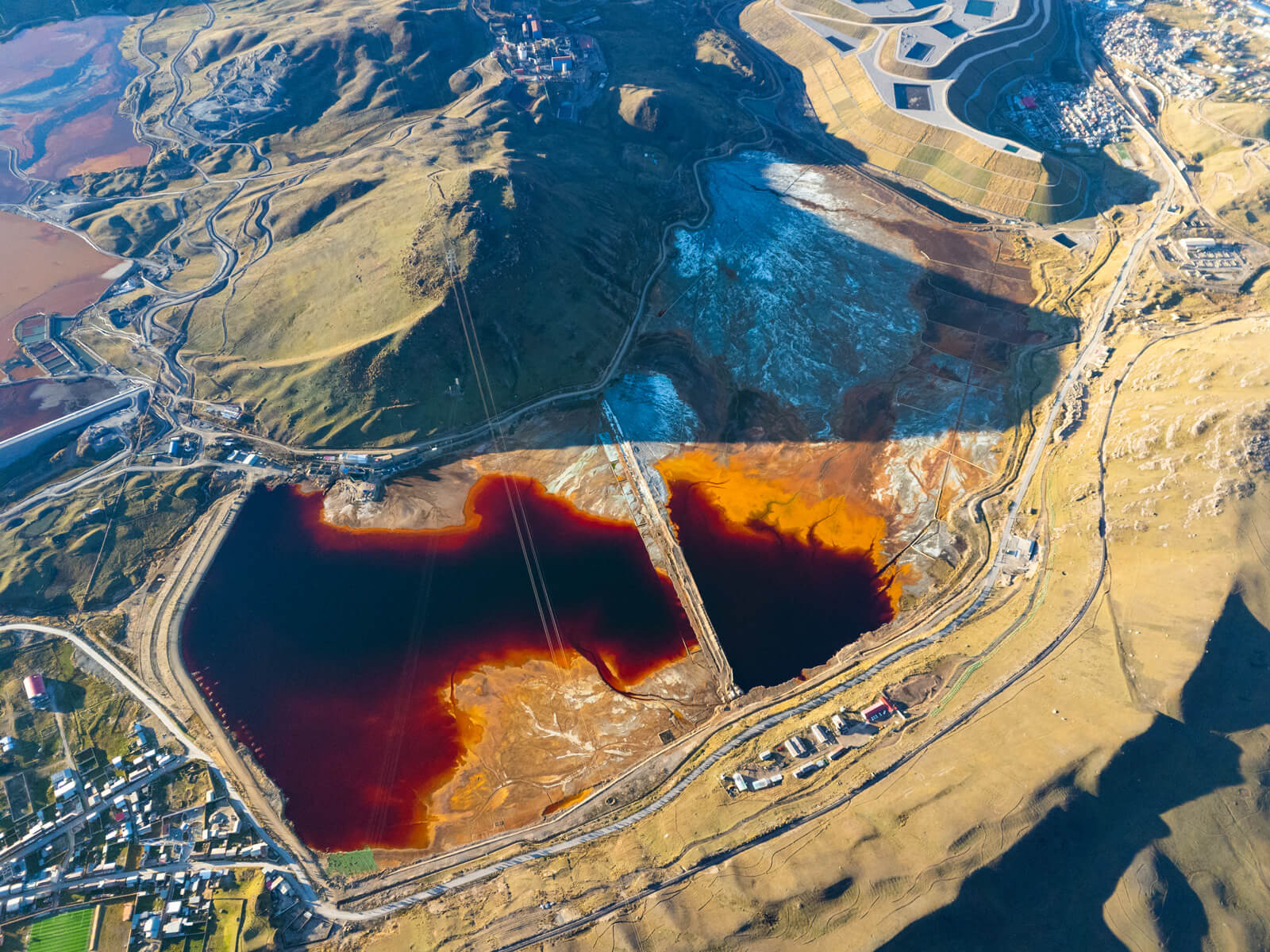Overview
Cerro de Pasco has been a rich mining hub since pre-colonial times, famed for its pure silver during Spanish rule. After Peru's independence, it produced most of the nation's silver and became one of its most advanced cities. In 1902, U.S. investors launched the Cerro de Pasco Corporation, creating South America's largest enterprise.
By the 1950s, it shifted to open-pit mining, focusing on base metals like zinc and lead. Nationalized in 1973, the mine declined under state control due to poor planning and environmental neglect, eventually being reprivatized in the late 1990s.



